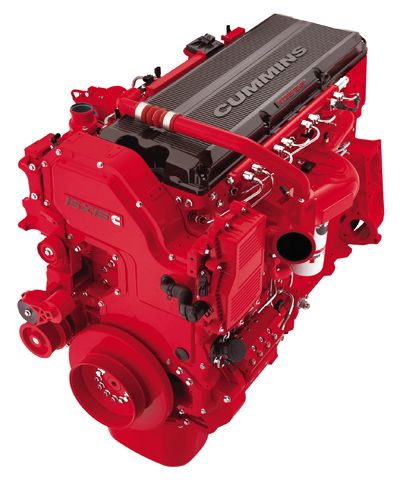

If you drive a heavy-duty diesel truck, turbo performance is everything. Whether you’re climbing steep grades or hauling full loads across long distances, your turbocharger is doing a lot of work behind the scenes. Two names you’ll hear often in the world of diesel turbos are Cummins ISX Turbo and Holset Turbochargers.
This blog explains their key differences, how each performs, and what truckers should consider when choosing, replacing, or upgrading.
The Cummins ISX Turbo is a factory-installed turbocharger built specifically for the Cummins ISX engine series. It’s engineered to match the performance, fuel economy, and emissions standards of that engine. Depending on the model year, the ISX engine may use different turbo configurations, including variable geometry turbochargers (VGTs) and wastegate turbos.
Cummins designed these turbos to meet their engine’s torque and air demands precisely. In most cases, the ISX turbo used in a factory engine is manufactured by Holset.
Holset Turbochargers are produced by Cummins Turbo Technologies, a division of Cummins Inc. Holset has been a major player in the turbocharger industry for over 60 years. Their turbos are designed specifically for diesel engines, including heavy-duty applications like commercial trucks, construction vehicles, and industrial equipment.
Holset turbos are known for:
Many Cummins ISX engines come with Holset turbos from the factory, which means there’s a strong overlap between the two terms.
In most cases, yes. Holset is the OEM supplier of turbochargers for Cummins engines. That means when you hear “Cummins ISX Turbo,” you’re likely talking about a Holset unit.
But here’s the catch—Holset offers multiple turbo models for ISX engines. Over the years, Cummins has used several Holset designs, including:
Each model has its features, boost levels, and maintenance needs.
1. Fixed Geometry vs. Variable Geometry
Older ISX engines use fixed geometry turbos. These are simpler and more affordable but offer less control at low speeds.
Modern ISX engines use VGT turbos (like the HE561VE). These use a movable vane system to control boost pressure more precisely. This leads to:
VGTs are more complex, which means they require more care and expert diagnostics.
Holset turbos can produce high levels of boost, depending on the model. For example:
Boost levels must be balanced carefully. Too much boost can damage your engine, while too little can reduce performance. That’s why matching the right turbo to your ISX engine is key.
While Holset is the original equipment supplier for Cummins, there are aftermarket alternatives out there. Some offer lower costs, while others promise performance upgrades.
But here’s the risk: Aftermarket turbos that aren’t calibrated for the ISX can cause problems like:
OEM Holset turbos are specifically tuned for Cummins engines. That means better reliability and compliance with emissions laws.
Here’s what to consider:
For Stock Engines
Stick with the original Holset turbo or a certified remanufactured model. This ensures:
If you want more horsepower or towing power, look at high-flow Holset models like the HX60W or modified HE551V. But make sure:
Always check the turbo model number on your existing unit. Cummins and Holset parts numbers help you get the exact match. Avoid guessing or using a “universal” turbo.
Whether you’re running a Cummins ISX Turbo or a Holset model, here are red flags to watch out for:
These issues suggest your turbo may be clogged, leaking, or failing internally. Waiting too long can lead to engine damage.
At Nozzle Masters, we work on all major diesel turbos, including Holset and Cummins ISX turbos. We offer:
Whether you’re facing boost loss, exhaust issues, or just want to upgrade, our expert team can help.
The Cummins ISX engine and Holset turbochargers are built to work together. Understanding the difference between models, boost control, and OEM compatibility is essential for long engine life and maximum performance.
If your truck depends on a Cummins ISX Turbo or Holset Turbocharger, make sure it’s maintained, tuned, and installed correctly. A well-functioning turbo means more power, better mileage, and fewer headaches on the road.
COPYRIGHT 2020© NOZZLE MASTERS